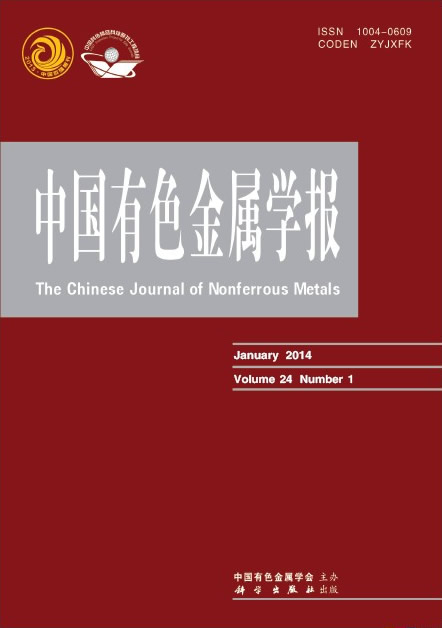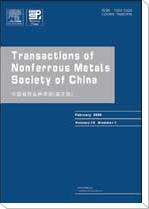中国有色金属学报(英文版)
Transactions of Nonferrous Metals Society of China
| Vol. 35 No. 9 September 2025 |
(1. College of Mechanical and Electrical Engineering, Central South University, Changsha 410083, China;
2. State Key Laboratory of Powder Metallurgy, Central South University, Changsha 410083, China)
Abstract:To overcome reliance on molds and the difficulty of fabricating complex geometries with traditional C/C composites, direct ink writing (DIW) with UV/heat dual curing was employed to produce high-performance C/C composites. The rheological properties of the composite inks were systematically analyzed to assess the effects of phenolic resin (PR) and carbon fiber (CF) content. Results show pronounced shear-thinning behavior and strong thixotropy—both essential for stable DIW. Additionally, UV/heat curing behavior was characterized to provide theoretical insights for optimizing curing parameters. Notably, CF addition is found to significantly attenuate UV light penetration compared to pure PR. As CF content increases, the critical UV irradiation energy rises sharply from 68.47 to 911.19 mJ/cm2, necessitating precise adjustments to curing parameters. Preforms were pyrolyzed in a carbon tube furnace to examine pore-formation characteristics, and chemical vapor infiltration (CVI) was applied to filling the resulting pores, yielding C/C composites with a flexural strength of 115.19 MPa.
Key words: C/C composites; dual curing; direct ink writing; rheology; curing behavior; chemical vapor infiltration


